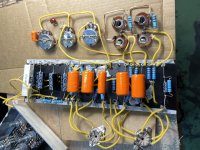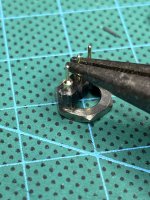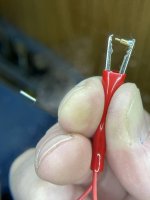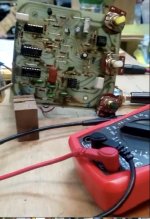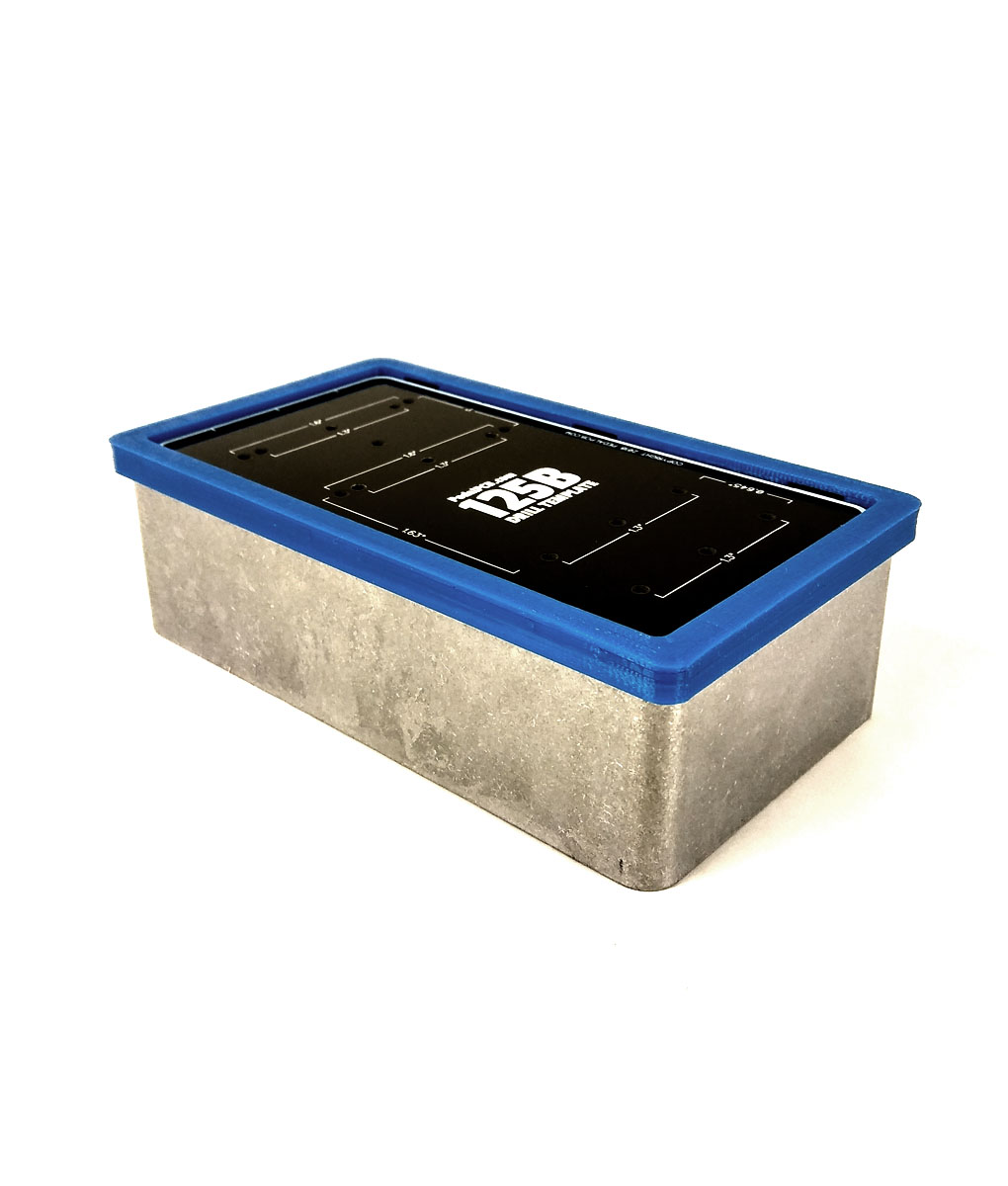djmiyta
Well-known member
Just in case your like me and love tidbits of "Hey I wish I thought of that" or "that's a great idea" or not so great I think someone somewhere can benefit. I do all the time. For instance here I was told I should clean my nasty ass board with rubbing alcohol ( he didn't really say nasty but ). I've been building for years and never heard of that. Since then any troubleshooting is soooooooooooooooooooooooooooo much easier with a clean board just a great simple idea
I use sockets for everything modifiable on all (almost) my builds and since I swap out parts different lead thickness can make reusing the sockets difficult mainly when the sockets holes are too big (actually for me that's the only problem) and so what I do is melt some solder onto my hot iron and spread a thin layer of lovely melted solder on each leg /lead I'm putting in the socket if its too thick a few strokes of a needle file and your golden.
Some times the original part is the best and in swapping parts I liked the first one only now the socket holes from the previous swap are too big and the original part just swims in the holes sooooo.......
I use sockets for everything modifiable on all (almost) my builds and since I swap out parts different lead thickness can make reusing the sockets difficult mainly when the sockets holes are too big (actually for me that's the only problem) and so what I do is melt some solder onto my hot iron and spread a thin layer of lovely melted solder on each leg /lead I'm putting in the socket if its too thick a few strokes of a needle file and your golden.
Some times the original part is the best and in swapping parts I liked the first one only now the socket holes from the previous swap are too big and the original part just swims in the holes sooooo.......




